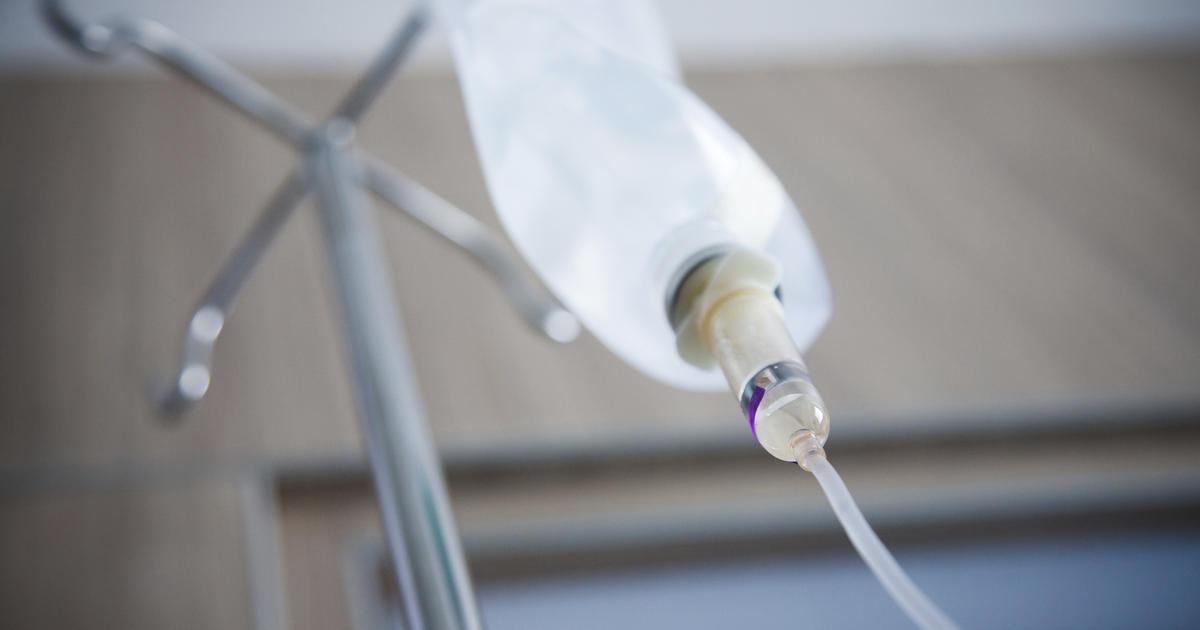Treatment Options For Gastroparesis
Tube Feeding

Patients who are unable to tolerate liquids or food by mouth may benefit from a feeding tube. The tube is plastic and soft, so doctors place it into the small intestine's midsection through the abdominal skin. This type is referred to as a jejunostomy tube since it is inserted into the jejunum component of the small intestine. If gastric contents are causing pressure to accumulate in the stomach, gastric tube venting may be recommended to alleviate pressure. In some cases, feeding tubes may be passed into the small intestine via the mouth or nose.
When this treatment method is used, it is typically only temporary. Doctors might recommend it if the patient's blood sugar cannot be controlled any other way or when their symptoms are especially severe. One other option is an intravenous tube placed directly into a chest vein. This is typically reserved as a last resort if all other tube feeding options do not benefit the patient.
More Intravenous Feeding

One of the potential treatments for gastroparesis is called total parenteral nutrition, which is a method of supplying the body with all nutritional needs by going around the digestive system and intravenously feeding a nutrient solution into an individual's vein. Intravenous feeding is recommended for patients who can't get nutrition through eating.
These circumstances include patients with obstructed intestines, small intestines that cannot absorb nutrients, or digestive systems with abnormal connections. It can also be used in cases where an individual's bowels must rest and not have food moving through them. In patients with gastroparesis, total parenteral nutrition is used on a more permanent basis because their digestive systems can't properly break down food.
